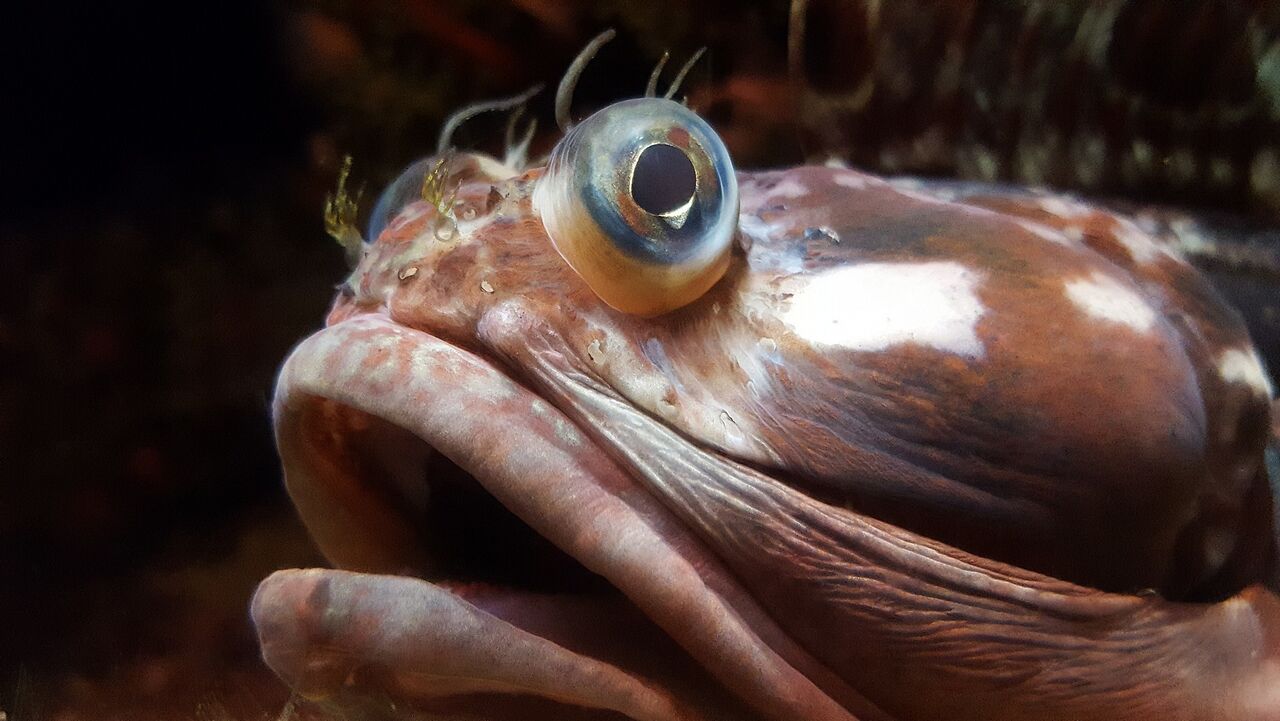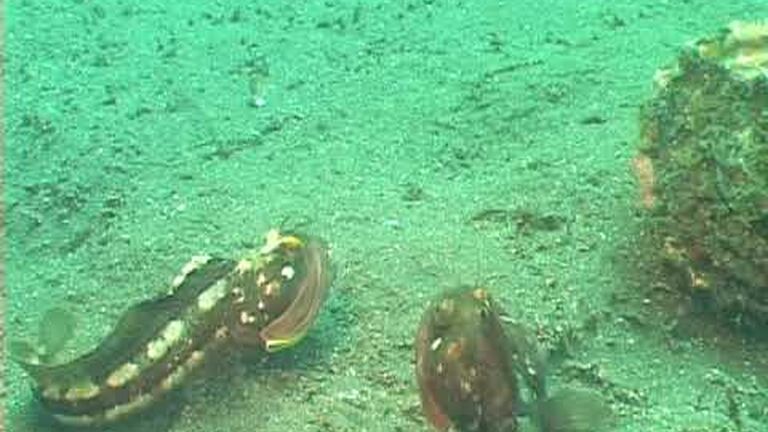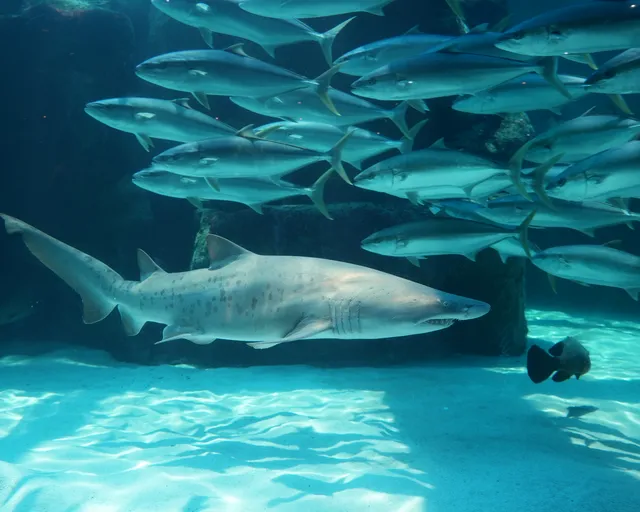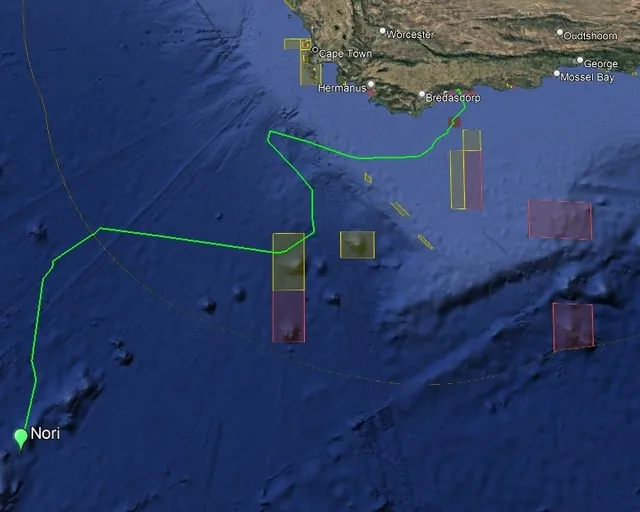Humans like to name things. We name our cars, our homes and the streets we live on. Often, both our pets and loved ones end up with weird and wonderful nicknames, that just don’t make sense. When scientists name a newly discovered species, they assign a scientific name to it. Then, usually the locals in the area where the animal has been found (or in some cases the scientists themselves), give the animal a “common name”. This is the name that non-scientific people use when speaking about the animal. It might be a name that has been passed on through generations, or it might end up being a completely new name. It all depends on the species.
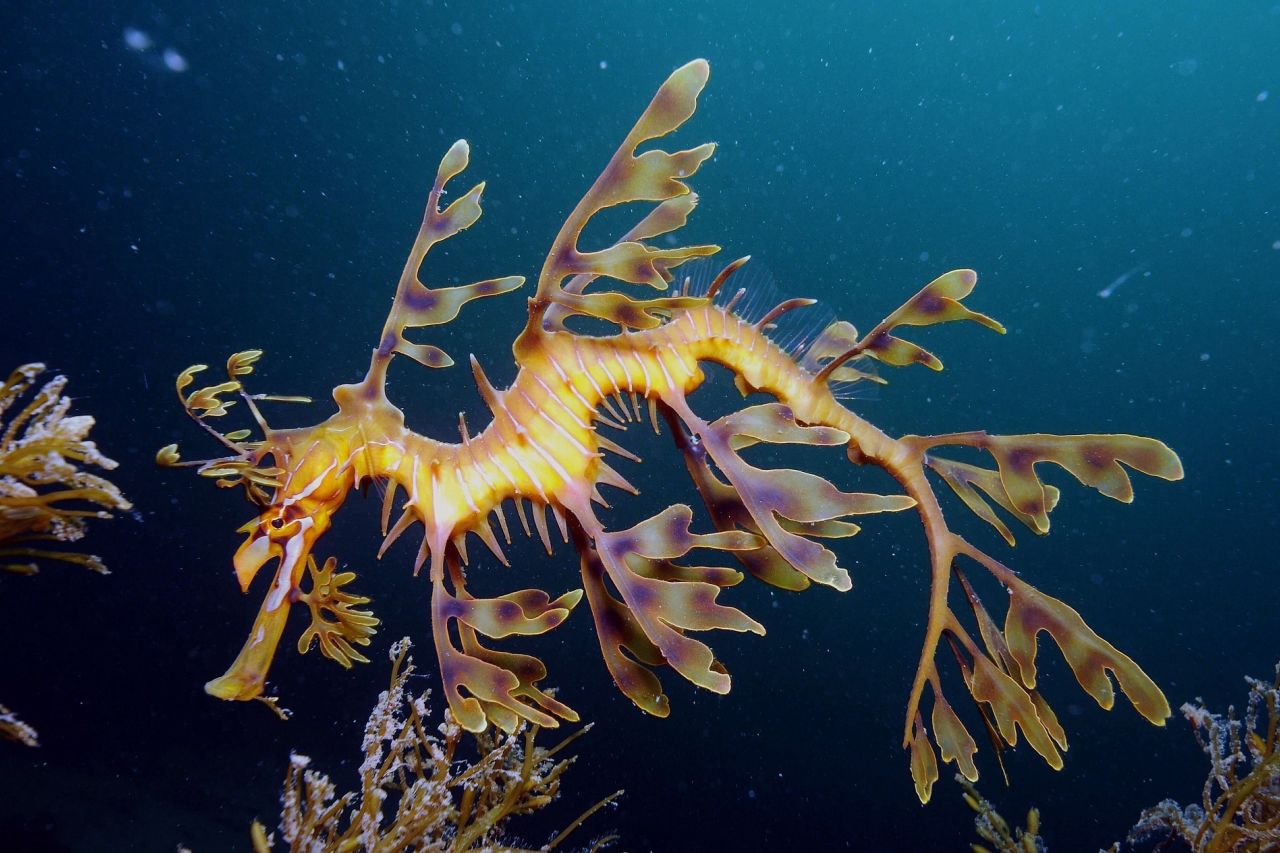
2. Sarcastic fringehead
Sarcastic fringehead (Neoclinus blanchardi): Yes, this is the actual name of a small blenny that lives off the coast of California and Baja California. They have aggressive territorial behaviour and humongous mouths that they use to fight off their opponents. When a rival gets too close, the sarcastic fringehead gapes its large and colourful mouth as a sign of “BACK OFF, NOW!” If the rival doesn’t back down, the two fish end up in what is essentially mouth-to-mouth combat each measuring the other’s mouth to see which is bigger. These fish have fringe-like growths on their heads, which might account for part of the name. The sarcastic bit remains a mystery. As a side note: Some scientific literature refers to these fish as “spectacularly ugly.” Shem, poor fishies!
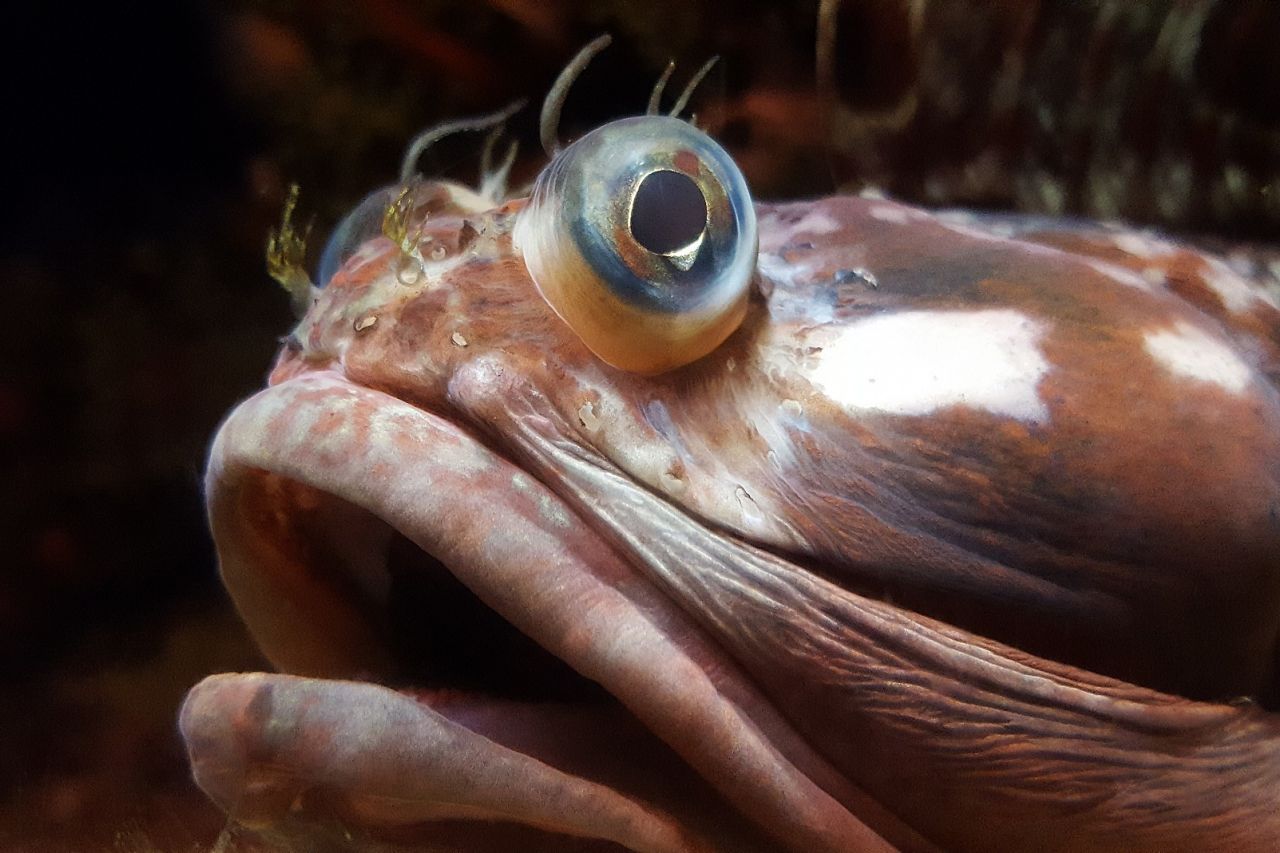
3. Slippery dick
Slippery dick wrasse (Halichoeres bivittatus): The slippery dick is a species of wrasse that can be found in the shallow waters of the western Atlantic Ocean. It is said that this species ended up with this name as they are really quick and very, very slippery, so can easily escape when handled with bare hands or a net. This fish also comes with a side note –there are some old notations that the inhabitants of the Bermuda Islands do not eat this fish, as it is believed one will lose all your hair, if you do.
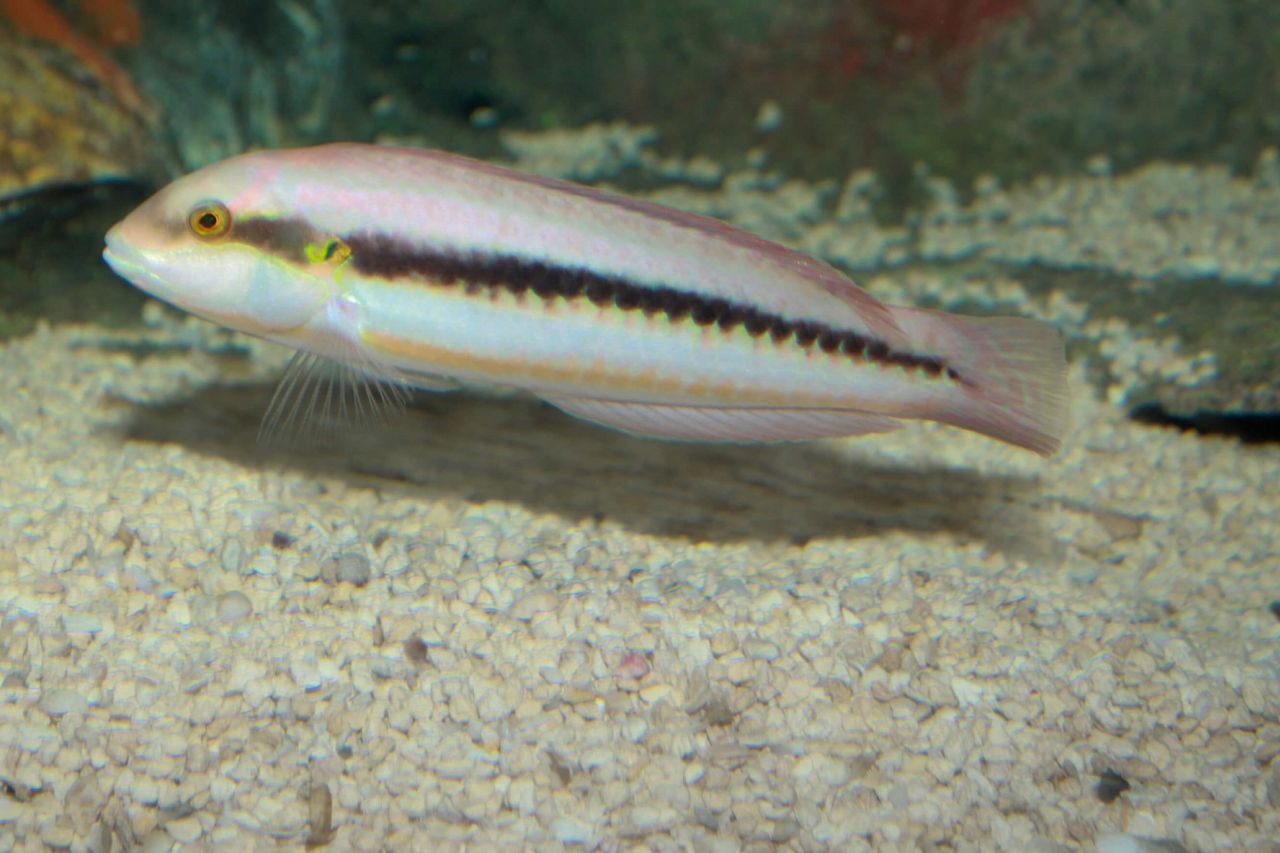
4. Lumpsucker
Lumpsucker fish (Cyclopterus lumpus): We can tell you exactly why these fish are called lumpsuckers. Their bodies are basically fat little round lumps. Their pelvic fins have evolved into adhesive disks. They use these disks to cling to substrates.
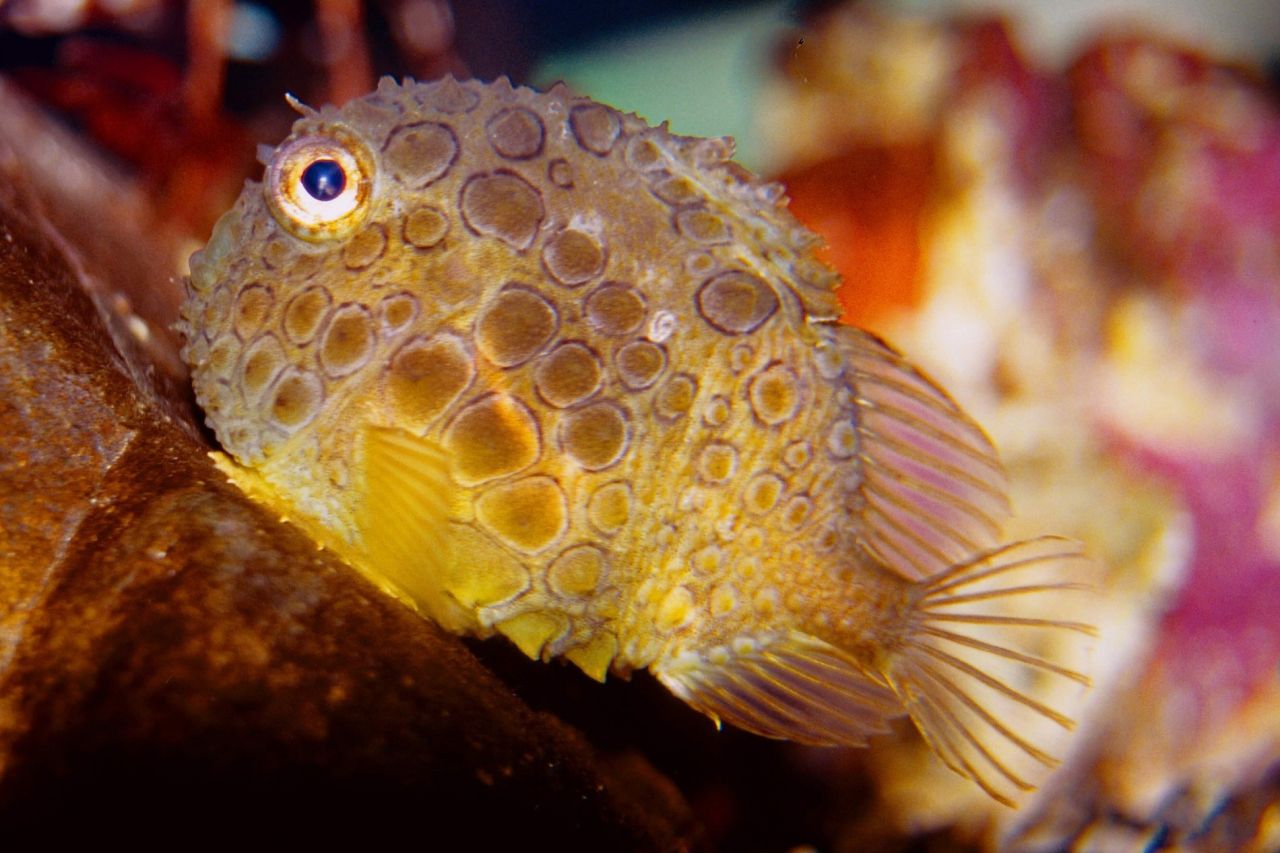
5. Humuhumunukunukuāpuaʻa
Humuhumunukunukuāpuaʻa (Rhinecathus rectangulus): This is the Hawaiian name for the rectangular triggerfish, and the perfect quiz night doozy of a question! It means “triggerfish with a snout like a pig”. We can’t see the resemblance, but someone did! This impressive fish is the state fish of Hawaii. There is even a song which includes this very long name as part of its lyrics.
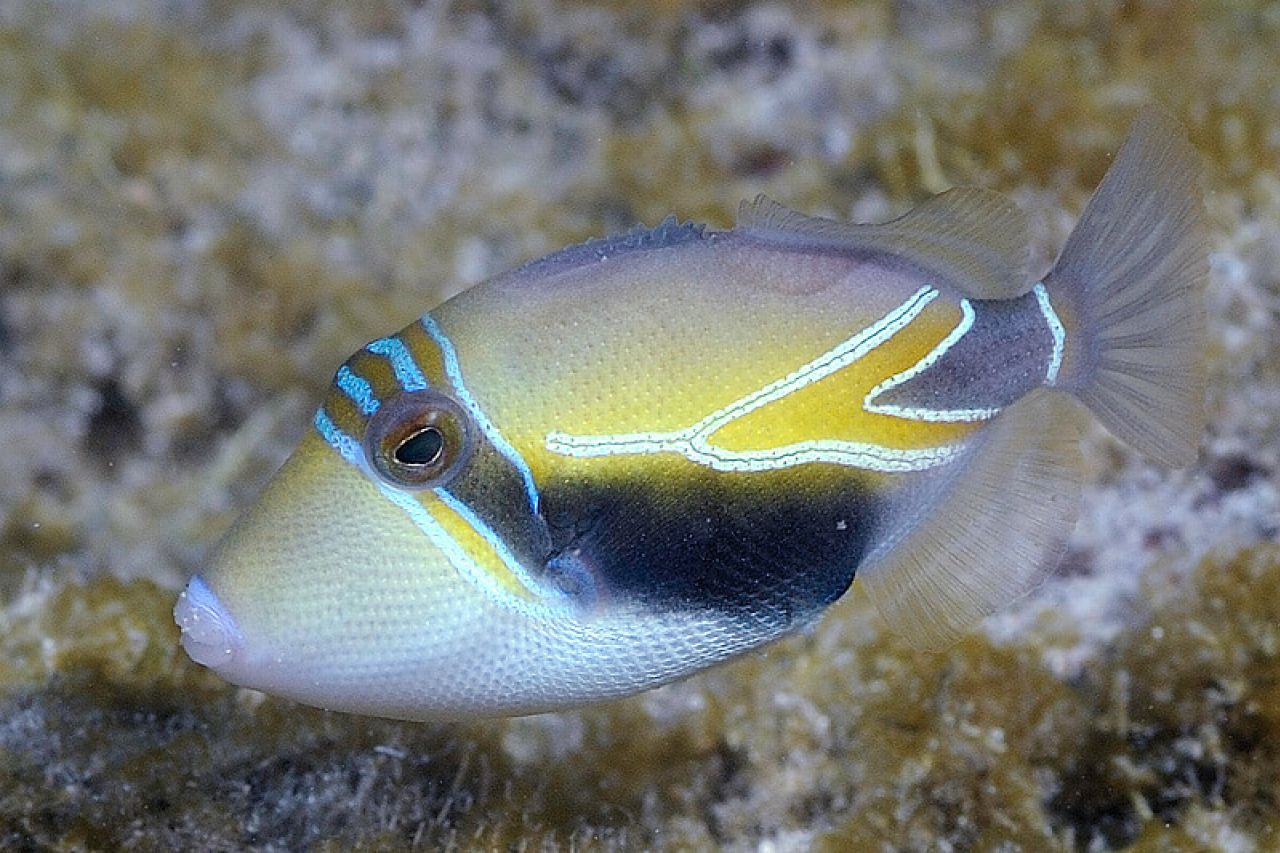
6. Obese dragonfish
Obese dragonfish (Opostomias micripnus): For this one, we are diving deep – 5000m deep into the Atlantic, Indian and Pacific Oceans. This is a scary-looking fish. It has a serious set of chompers on it and with its long, black body, we would much rather it stay at 5000m below! The dragonfish part we can understand, but where did the obese come from?
Yes, I know this looks utterly disgusting but trust me it’s also very exciting! It’s the very rare obese dragonfish (Opostomias micripnus). The only other one at the Museum was the first ever described, from 1878! #DY100@BAS_News@NHM_Science@CefasGovUK@NatureTristan pic.twitter.com/zBngQkTa2B
— James Maclaine (@beardiddley) April 3, 2019
7. Coffinfish
Coffinfish (Chaunax endeavouri): The poor coffinfish did not only end up with a very weird name, they are also rather strange-looking. They have round, spiny bodies and occur between 200 and 2500m deep. These fish are the first fish species known to hold their breath and they can do this for up to four minutes! They can also inflate their bodies by swallowing a lot of water. This, and the fact that their specialised fins enable them to “walk” on the ocean floor, makes them really interesting and peculiar. The question remains: Who named them, and why?
8. Dumb gulper shark
Dumb gulper shark (Centrophorus harrissoni): These rare and endangered deepwater fish are only found along the east coast of Australia and some spots around New Zealand. Why would anyone call a shark dumb? We love sharks and are yet to meet a shark that we didn’t like. We therefore strongly object to this name choice. Australians, would you like to weigh in on this one and let us know?
A post shared by @ speciesaday on Feb 7, 2015 at 8:22pm PST
9. Bombay duck
Bombay duck (Harpadon nehereus): This lizard fish is also known as bummalo, bombil and boomla. There is no certainty about why it is called the Bombay duck. One thought is that the term was first coined by Robert Clive (first British Govender of the Bengal Presidency). He apparently said that he associated the pungent smell of the dried fish with the newspapers and mail which would be brought from the military garrisons in Bombay. Another option is that it was named after the Bombay mail train, the Bombay Daak. The fish later appeared on the menus of Indian restaurants in the UK, and so became popular with the British population.
A post shared by Life Newsletter (@zoologylifenewsletter) on Feb 7, 2020 at 9:40pm PST
10. Wunderpus
Wunderpus octopus (Wunderpus photogenicus): This incredible animal’s name has its origin in the German word “wunder” meaning marvel or wonder. And that is exactly what this octopus is. This species of octopus was only discovered in the 1980s and only fully described in 2006. Its body is dark, rusty brown and each adult wunderpus displays a unique pattern of white spots and bands. And it can change its appearance in a flash, to mimic other sea animals – hence its wunderful name, which serves as both its common and scientific name.
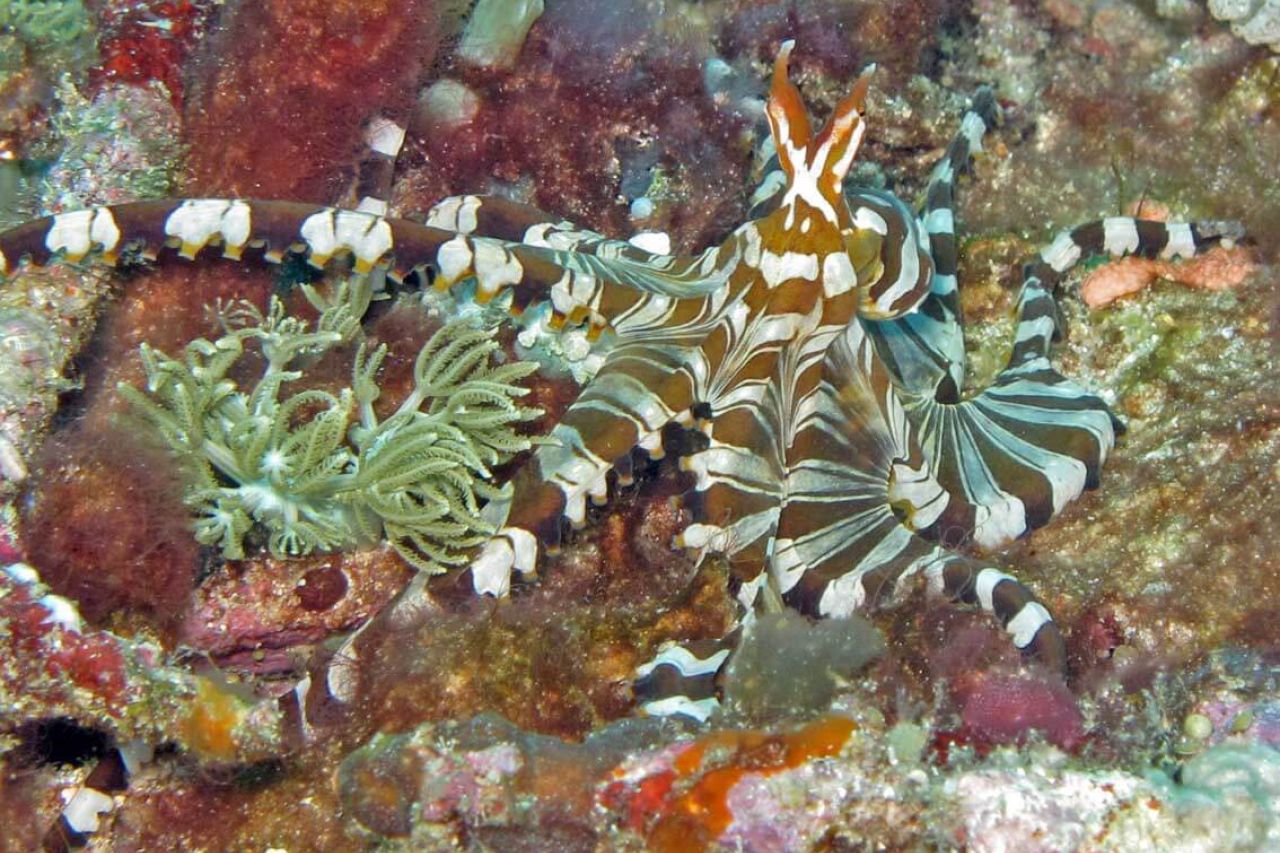
Names are intricate and funny things. Take the whole saga around Boaty McBoatface. How much fun was it not to come up with the most ridiculous name and have it become a popular part of history? Also, how incredibly sad was it not when the original ship didn’t end up with its rightful name? At least there is an AUV out there sporting the best name in the business.
Looking at our list of intriguing and “what-were-they-thinking” animals names, one thing we can most definitely agree on is that whoever named them, either had a wicked sense of humour, or none at all.
